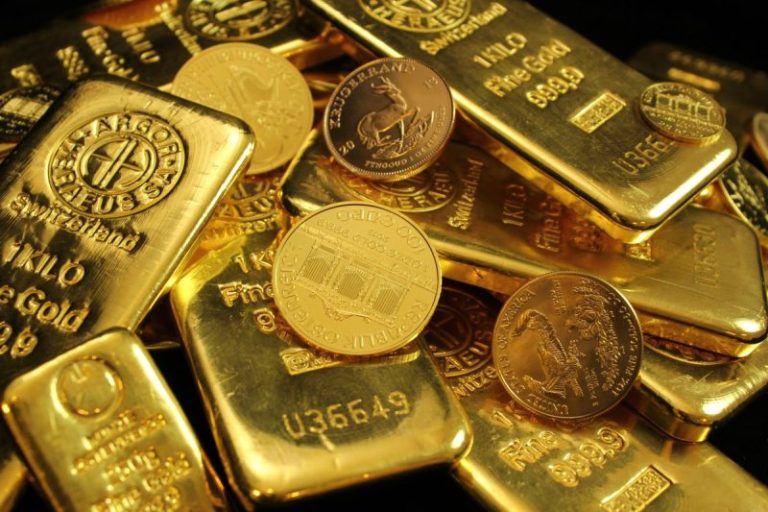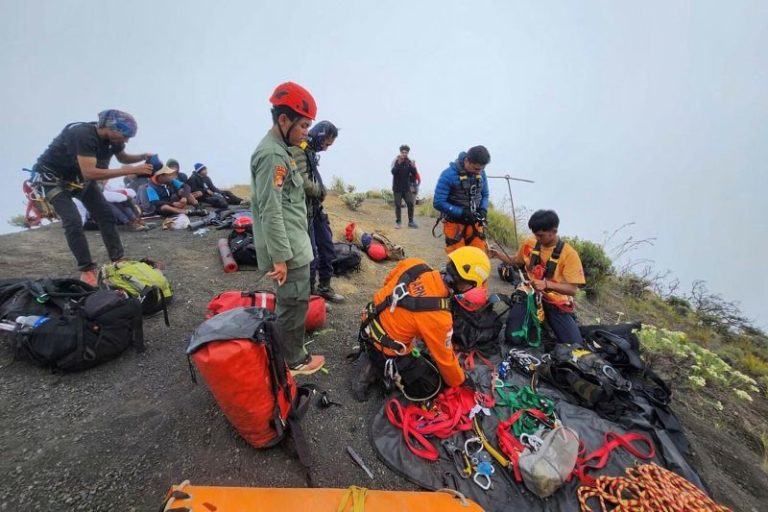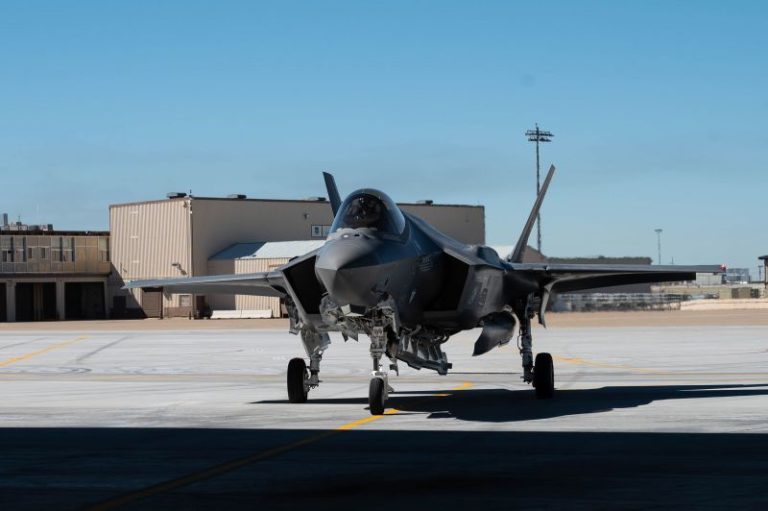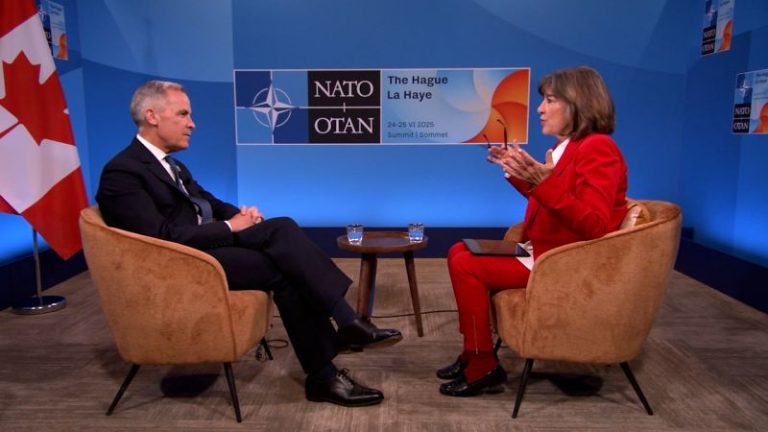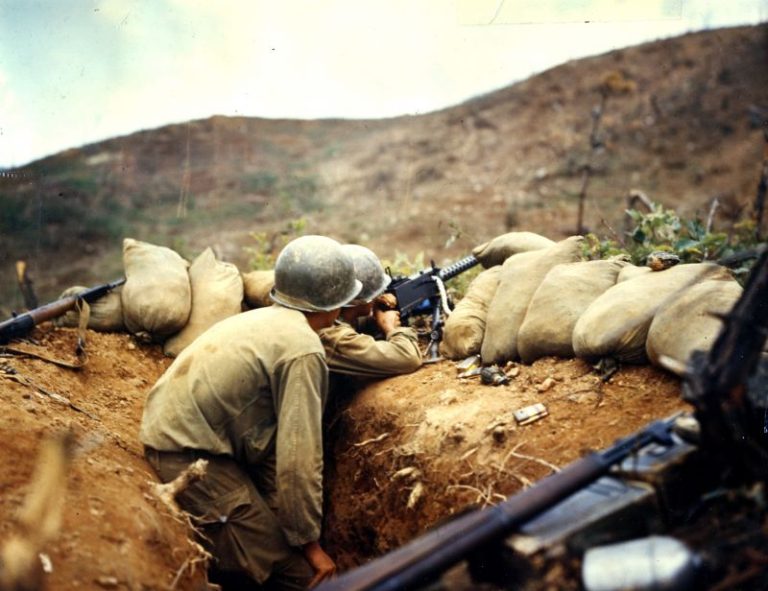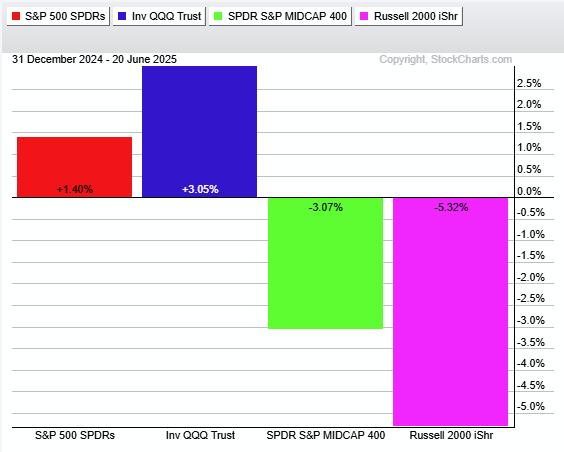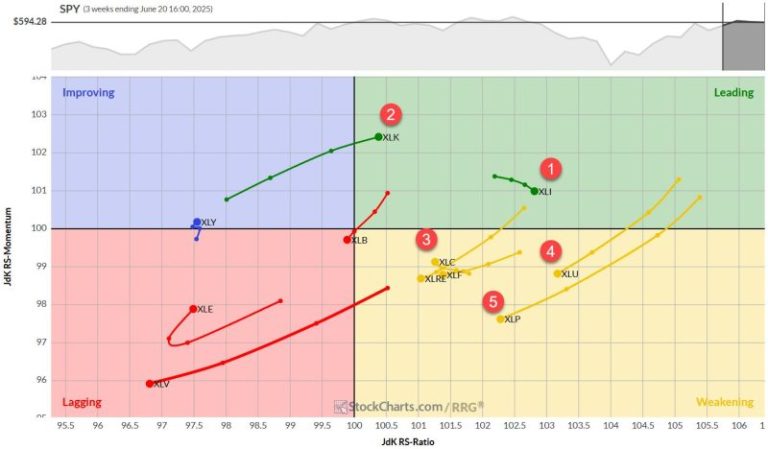Germany and Italy are facing mounting domestic pressure to repatriate more than a third of their gold reserves — worth an estimated US$245 billion — currently held in New York by the US Federal Reserve.
Germany and Italy hold the world’s second and third largest gold reserves, trailing only the US. A substantial portion of this metal is stored overseas, primarily in Manhattan’s Federal Reserve Bank.
This longstanding arrangement, based largely on postwar financial realities and New York’s role as a major global gold-trading hub, is now being questioned by officials and commentators across Europe’s political spectrum.
Fabio De Masi, a former member of European Parliament now affiliated with Germany’s new left-wing populist BSW party, told the Financial Times there are “strong arguments” to bring more of Germany’s bullion back home.
Taxpayers Association of Europe (TAE) President Michael Jäger echoed the same sentiments last month: ‘Trump wants to control the Fed, which would also mean controlling the German gold reserves in the US,’ he told Reuters.
‘It’s our money, it should be brought back.’
Similar calls are being echoed in Italy, where economic commentator Enrico Grazzini recently warned that “leaving 43 per cent of Italy’s gold reserves in America under the unreliable Trump administration is very dangerous for the national interest.’ He was writing in Il Fatto Quotidiano ahead of Prime Minister Giorgia Meloni’s visit to Washington.
Fueling this renewed concern are statements made by US President Donald Trump, who earlier this month warned that he may have to “force something” if the US Federal Reserve does not lower interest rates.
Trump has also made direct appeals to the Department of Energy to stimulate oil production, signaling what critics interpret as increasing politicization of independent institutions like the Fed.
The TAE has urged both Germany and Italy to reconsider their reliance on the Fed. “We are very concerned about Trump tampering with the Federal Reserve Bank’s independence,” Jäger said. “Our recommendation is to bring the (German and Italian) gold home to ensure European central banks have unlimited control over it at any given point in time.”
Public skepticism over the safety of foreign gold holdings is not new.
In Germany, a grassroots movement that began in 2010 eventually prompted the Bundesbank to repatriate 674 metric tons of gold from New York and Paris between 2013 and 2017. The operation, which cost 7 million euros, resulted in half of Germany’s reserves being stored domestically by 2020. Nevertheless, 37 percent of its gold remains in the US.
Meloni’s Brothers of Italy party once echoed similar sentiments while in opposition, pledging in 2019 to bring Italy’s gold back home. But since assuming power in 2022, Meloni has largely gone silent on the issue.
Skepticism about US stewardship is not limited to political rhetoric.
According to the World Gold Council’s latest survey on central bank gold reserves, 43 percent of the central banks surveyed plan to increase their gold holdings in the coming year — a record high.
The overwhelming majority of respondents (95 percent) expect global central bank gold reserves to keep rising, citing gold’s performance during crises, its inflation-hedging capabilities and its role as a diversifier. Notably, 59 percent of central banks surveyed reported holding at least part of their gold reserves domestically, up from 41 percent in 2024.
Although the Bank of England remains the most popular vaulting location, the World Gold Council’s survey reveals growing caution over US custodianship: only 7 percent of respondents said they planned to increase domestic storage last year, but the figure jumped significantly in 2025.
New bill calls for US gold audit
Adding another layer of complexity is the push in Washington for greater transparency about America’s gold reserves. House Bill 3795, introduced by Representative Thomas Massie and backed by three co-sponsors, calls for the first comprehensive audit of US gold holdings in over six decades.
The bill would mandate a full inventory and assay of gold stored at Fort Knox, West Point and the Denver Mint, as well as a forensic accounting of all transactions involving US gold over the last 50 years.
“The question as to who actually owns the bars outright is really the most crucial question. And if it is shown that America does not actually own the gold, if the gold is there, but America does not own it, (or) if it has been pledged or leased or swapped or otherwise encumbered in any way … this would be a huge, huge detriment to the US and the global economy.”
Cortez emphasized that prior audits of US gold reserves have been insufficient.
“These aren’t audits that have been done on the metal itself, but rather the storage containers that the metal is supposedly stored in,’ he said. “Owners or operators of a depository who functioned like this would go to jail.”
He also pointed out that much of the gold held by the US government is impure by modern market standards, having been melted down from older coinage. That means even if the bars are there, refinement questions will remain.
While Trump has not explicitly endorsed HB 3795, he has expressed interest in the issue, stating, ‘We’re actually going to Fort Knox to see if the gold is there. Because maybe somebody stole the gold. Tons of gold.’
Securities Disclosure: I, Giann Liguid, hold no direct investment interest in any company mentioned in this article.

